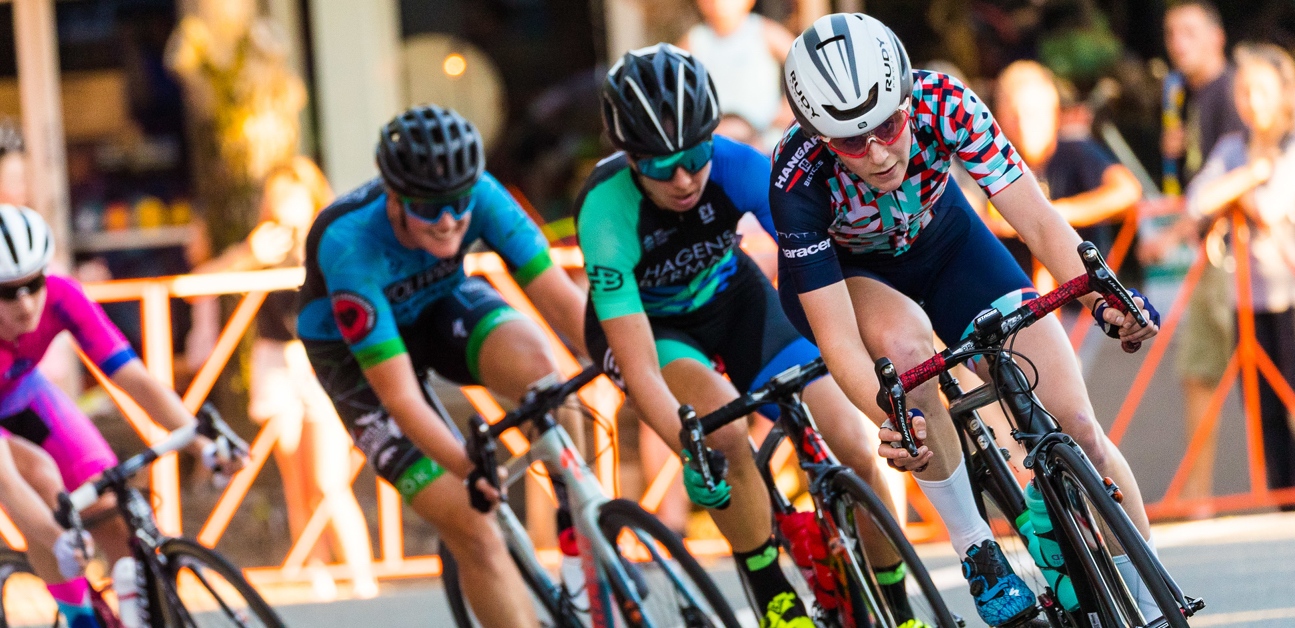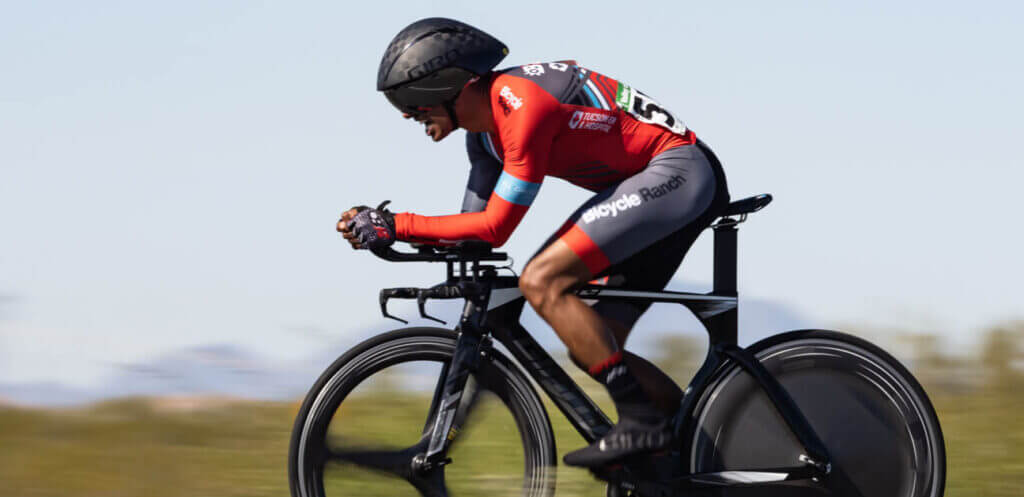Season Planning Basics

If you’re ready to give training, racing, or cycling a try, now’s the perfect time to get started and plan your first season. Planning your training season is easy to do and can provide you with the tools and support you need to achieve your goals successfully.
Let’s Get Started
To plan your season, you’ll need to identify your goals, choose races and events that support those goals, and build a training plan structured around the events you’d like to complete or the fitness you want to gain. The training structure and the workouts will be up to Plan Builder, our automated training plan builder. What you’d like to achieve, and how you’d like to get there is up to you. Outlining your goals and choosing the focus of your season is the first step.
Outline Your Goals
There’s no wrong or right when it comes to setting goals. What motivates you to train and move forward is the best possible goal. While you don’t need a specific goal, you’ll want to set three different types of goals—long term goals, short term goals, and process-oriented goals. Long term goals are the goals that might take a full season, or a few seasons, to achieve. Short term goals are goals you can complete during your season. Process-oriented goals are goals that help you achieve your short term goals and long term goals.
Long Term Goals
When setting long term goals, consider what’s motivated you to start training. Is it to finish well at a particular race? Or maybe it’s to hang with the fast group on your local drop ride? Do you have personal goals around health or weight loss? Are you training so you can do bigger and longer mountain bike rides? Or is it something else? Long term goals might be broad or specific, depending on what they are. When you’ve pinpointed your goals write them down so that you can keep them in mind as you move forward with your plan.
Short Term Goals
Because long term goals can take more time to achieve, it’s a good idea to set some short term season goals too. Setting short term goals can help keep you motivated along the way to achieving your long term goals. When setting short term goals, try to be realistic about the upcoming season and then write them down. Anything that’s motivating or helps contribute to the long term goals you’ve set is worth adding.
Process Oriented Goals
With your goals set, consider the process-oriented goals that might contribute to your long term success. These goals should be attainable and process-oriented. For example, if your long term goal is to race at Nationals, and your short term goal is to accrue upgrade points at a certain race series, a process-oriented goal would be to not skip any workouts in the low volume Sweet Spot Base plan. This is a goal that positively contributes to your short term goal, which helps achieve your long term goal.
You can break your bigger goals into as many process-oriented goals as you’d like. Once you’ve narrowed these down, you can start thinking about what events and races you’d like to do.
Choose Races and Plan Events
The races you add to your Calendar should support both your long term and short term goals. Athletes who race usually have one A event per season, one or two B events, and a handful of C events. The priority (A) event is typically at the end of your season when you’ve reached peak fitness. A events have a full specialty phase and a taper week beforehand. B events are also important races, but not as important as your A event. These races will have a bit of rest beforehand and should include a few changes to your training plan. C events are low priority events typically done for fun and experience with minimal effect on your training. Within reason, athletes can add as many of these to their season as they’d like.
Adaptive Training
Get the right workout, every time with training that adapts to you.
Check Out TrainerRoadWhile you can add numerous B events and C events to your season, there’s definitely a balance. If you’re new to racing, it’s a good idea to add a fair amount of races to your schedule so that you can gain the necessary skills, confidence, and experience to progress and prepare for your priority event. With that said, athletes may find that too much frequent racing can add unwanted physical and mental stress to their training regimen. It can even detract from their training plan. To avoid running into these issues, be somewhat selective about the races you add to your Calendar. Before adding something to your schedule, ask yourself whether or not that race will help you gain valuable experience and skills.
On the other hand, if you only have one race on your calendar, you may want to consider adding a few extra events to your season. Races are a great opportunity to test your fitness, practice racing, and get your set up dialed before your priority event. Plus, they’re fun! An appropriate amount of racing can make you faster and keep your motivation stoked from one training block to the next.
No Racing, No Problem!
If you aren’t interested in racing, there are plenty of alternatives you can use to test your fitness. Centuries and organized rides like gran fondo’s are a great non-competitive way to challenge your skills, ride new routes, and meet new cyclists. Personal assessments and goals like doing a specific route, attempting a particular KOM, or finishing a long ride, are all solo events you can train for and add to your Calendar. Or if you’re simply not interested in events you can build a training plan with no events or races. You don’t need to race to benefit from structured training.
Build that Plan!
Before you build a training plan, it’s vital to assess your current availability and fitness. If you choose a training plan or volume that doesn’t accommodate your schedule and the availability that you have, it’s unlikely you’ll be able to maintain consistency. Without consistency, you may find it mentally and physically challenging to progress towards your goals.
You’ve set your goals, found your races, and assessed your availability, now it’s time to build your plan. Plan Builder will walk you through these steps and prompt you to answer questions about your current training load, your experience with interval training, and your goals for the year. With this information accounted for, Plan Builder will build a custom training plan built for you and your goals.
For more cycling training knowledge, listen to Ask a Cycling Coach — the only podcast dedicated to making you a faster cyclist. New episodes are released weekly.
